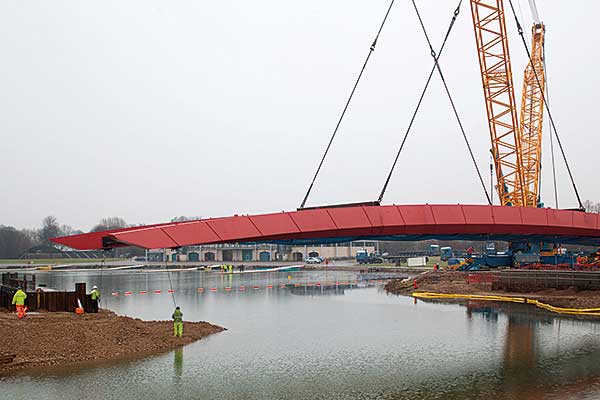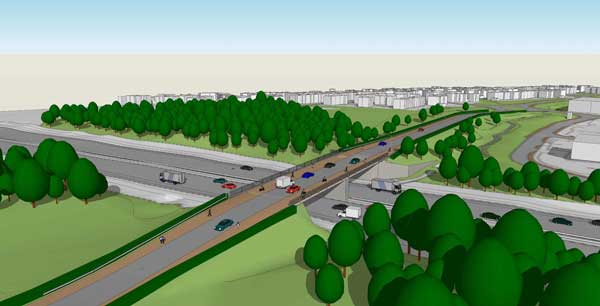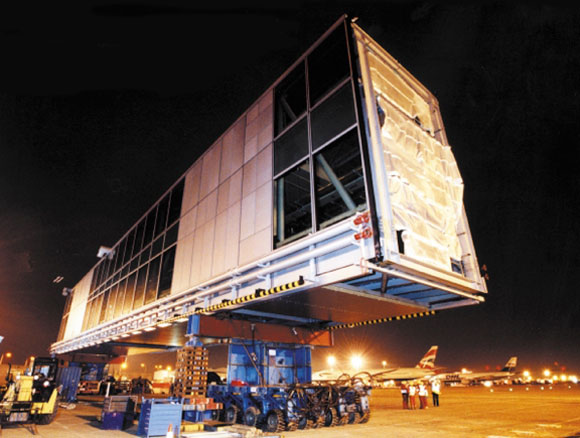News
Heat straightening can reduce traffic congestion
The Highways Agency (HA) in collaboration with the BCSA is now providing guidance for a recently adopted technique for bridge repairs which will help speed up such work and ultimately reduce traffic disruption.
The method, first trialled in 2000, is the use of heat straightening to repair impact damaged composite bridge beams.
“It has proven to be an economic and expeditious approach to repairing impact damage to steel bridges, and it minimises disruption for road users,” commented HA Senior Structures Advisor, Safety, Standards & Research, Dr Emeka Agbasi.
“The HA is at the forefront of continuously seeking and exploiting innovative techniques to achieve our business goals of managing traffic, tackling congestion and improving safety,” he added.
“Heat straightening is a potential repair method for most steel girders which have been damaged by vehicle impact and it has already been successfully used, most notably on the M20 Chatham Road bridge in Kent,” said HA Head of Structures, Safety, Standards & Research, Dr Sibdas Chakrabarti.
On this project the damaged beams were returned to their original shape and some additional stiffeners were required. Dr Chakrabarti said traffic disruption was limited, as only a partial carriageway closure was needed at night.
The process involves applying controlled and patterned heating and cooling in repetitive cycles to plastically deformed regions of damaged steels, to produce a gradual straightening. It relies on internal and external restraints that produce thickening during the heating phase and in-plane contraction during the cooling phase.
However, due care and diligence is advised in the execution of the method, as pitfalls such as overheating the steel and changing its properties can occur. The HA and BCSA both advise an experienced heat straightening contractor should be engaged to conduct the work.
The technique has been used for many years in the USA and is documented in a US Federal Highways Administration (FHWA) manual, which can be obtained from the United States Department of Transport On-Line Publications Department at www.isddc.dot.gov
For further information email:
emeka.agbasi@ highways.gsi.gov.uk
or sibdas.chakrabarti@ highways.gsi.gov.uk
or davidmoore@steelconstruction.org











